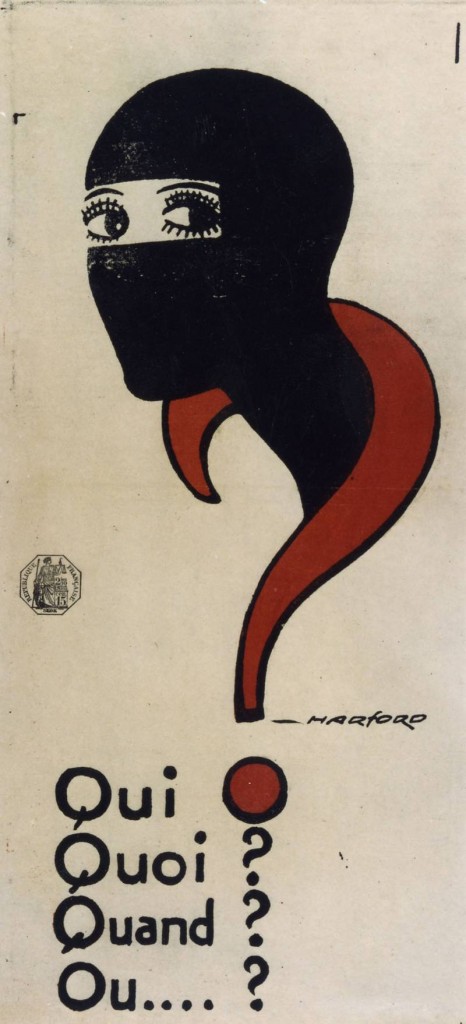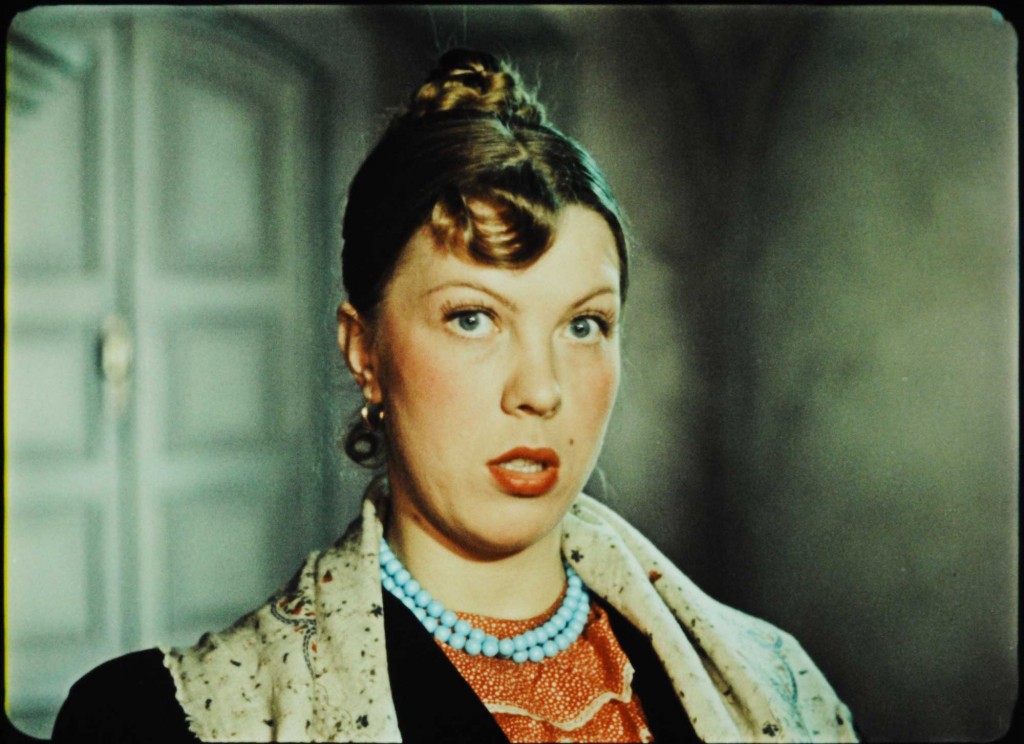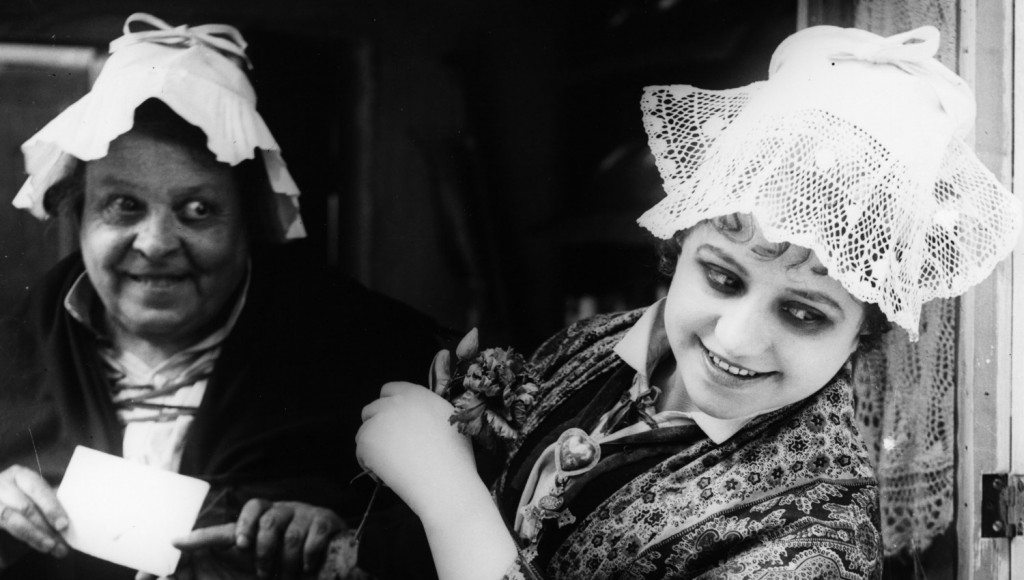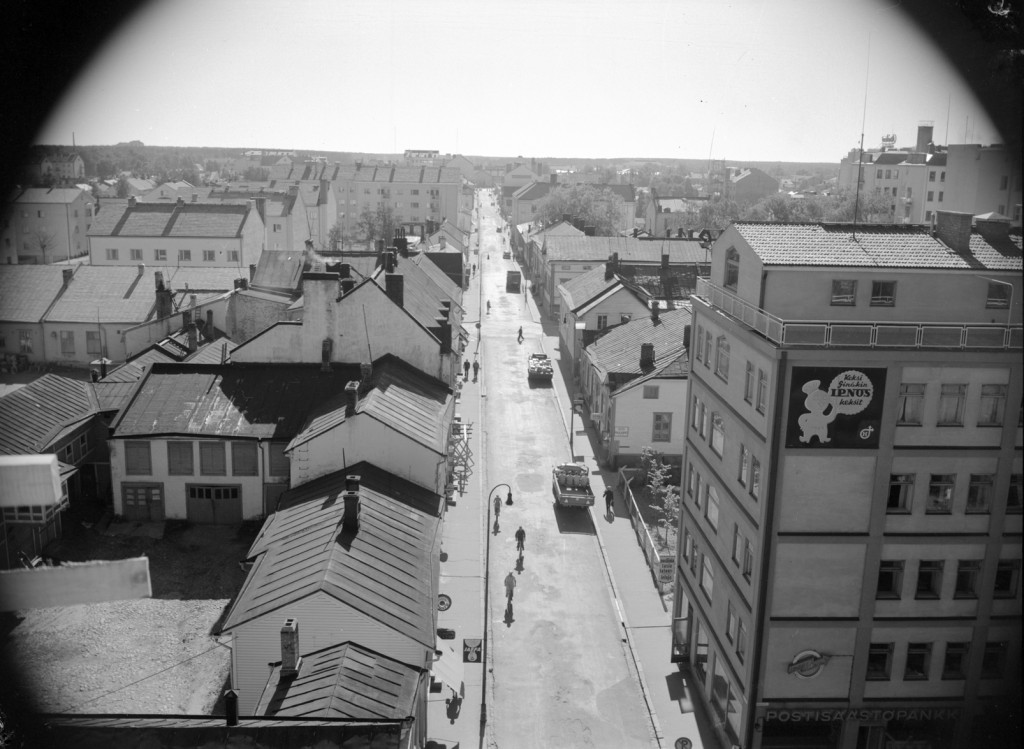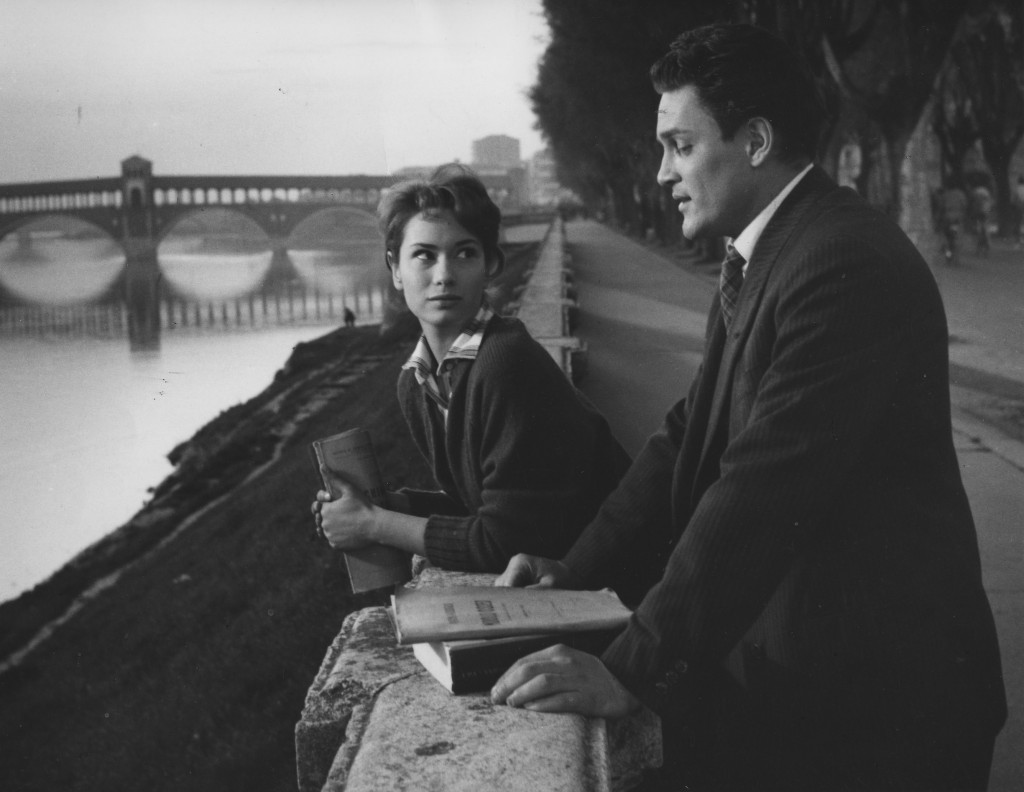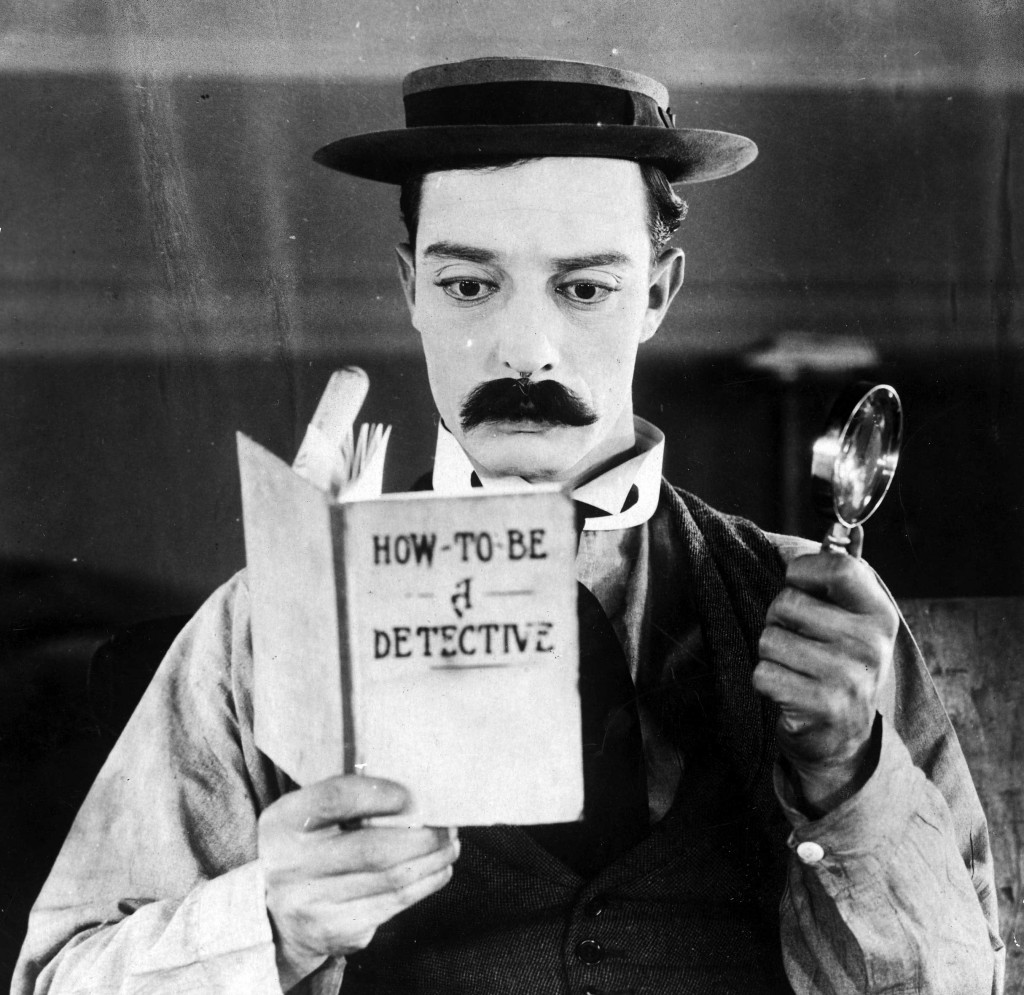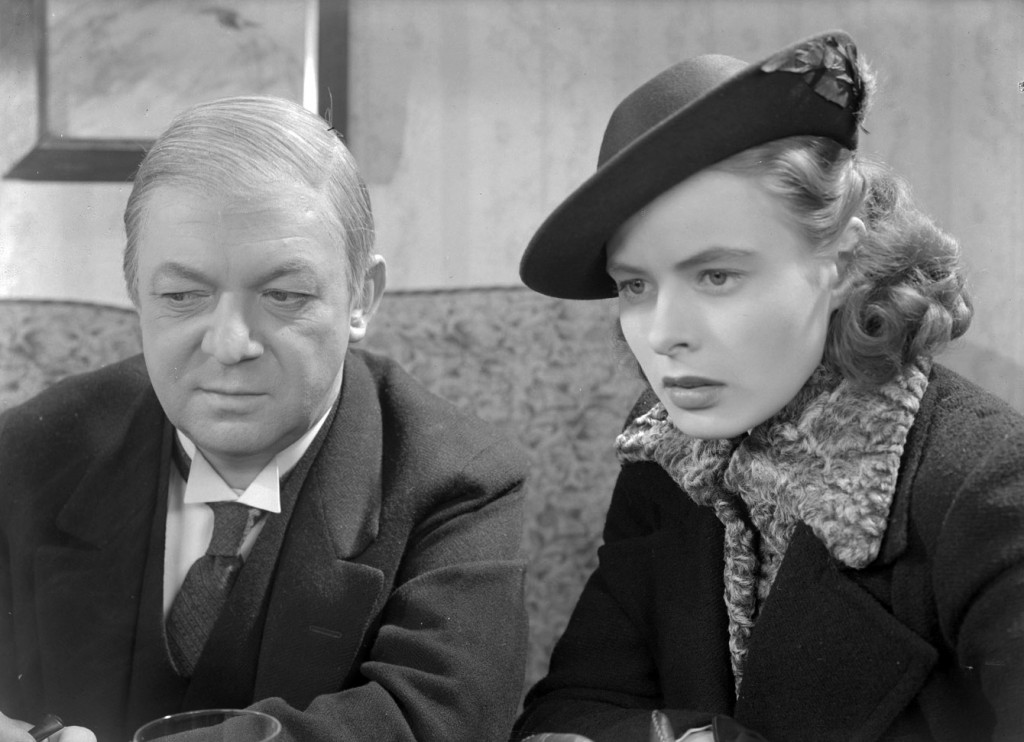Armenia. Genocide and After
Between 1895 and 1923, the Armenian population of the Ottoman Empire is starved and exterminated. During the final phase, beginning in 1915, the Armenian Genocide becomes a deliberate political project of The Young Turks who seized power in 1913. We commemorate these tragic events with the screening of rarely seen documentary footage filmed between 1911 and 1923, and by paying tribute to the very first Armenian directors (Patvakan Barkhudarian, Amasi Martirosyan) and the silent films they made at the dawning of the Soviet era. As part of the programme, we will screen a print of the first Armenian film, Hamo Beknazarian’s Namus, rediscovered at Gosfilmofond, Moscow, accompanied by the film’s original music by Armenian composers.
Programme curated by Jay Weissberg, Mariann Lewinsky and Peter Bagrov
17:45
Cinema Lumiere - Sala Officinema/Mastroianni
Armenia: documentary Images 1911-1918 / Nahapet
Armenia: documentary Images 1911-1918 / Nahapet
Mariann Lewinsky, Gevorg Gevorgyan and Jay Weissberg
Daniele Furlati
17:45
Cinema Lumiere - Sala Officinema/Mastroianni
NAMUS
NAMUS
Peter Bagrov and Jay Weissberg
Neil Brand
12:00
Cinema Lumiere - Sala Officinema/Mastroianni
KURDY-EZIDY
KURDY-EZIDY
di Stephen Horne




